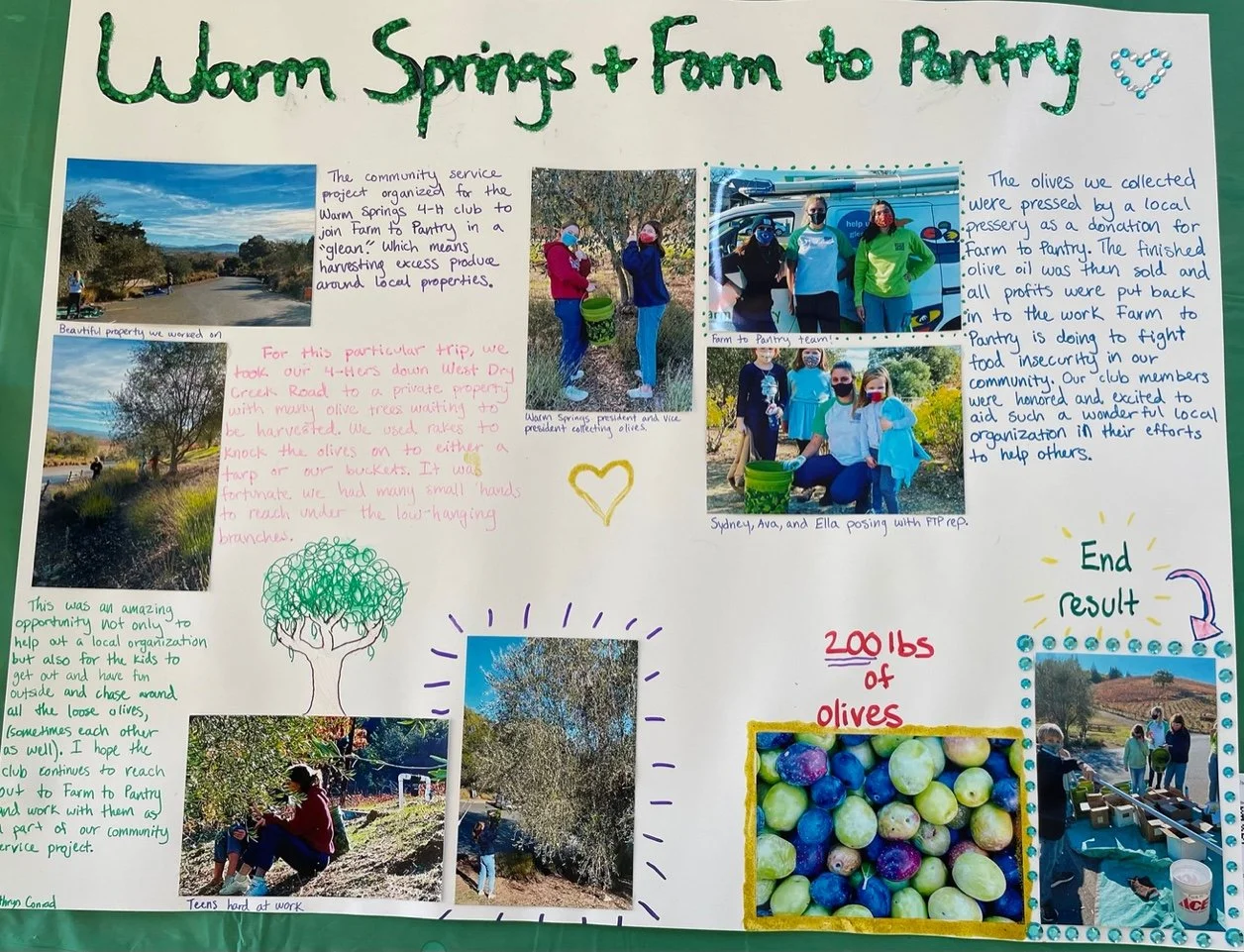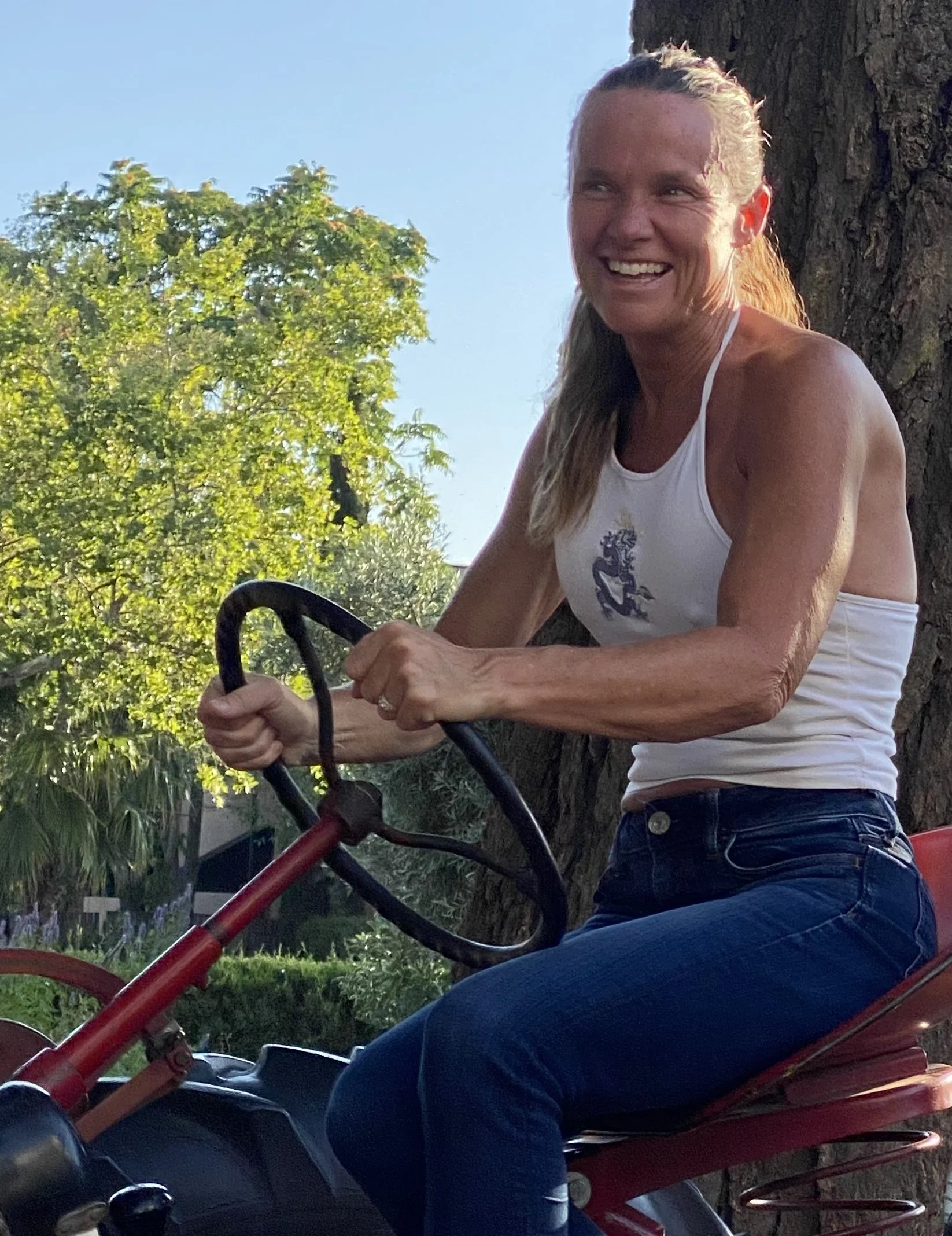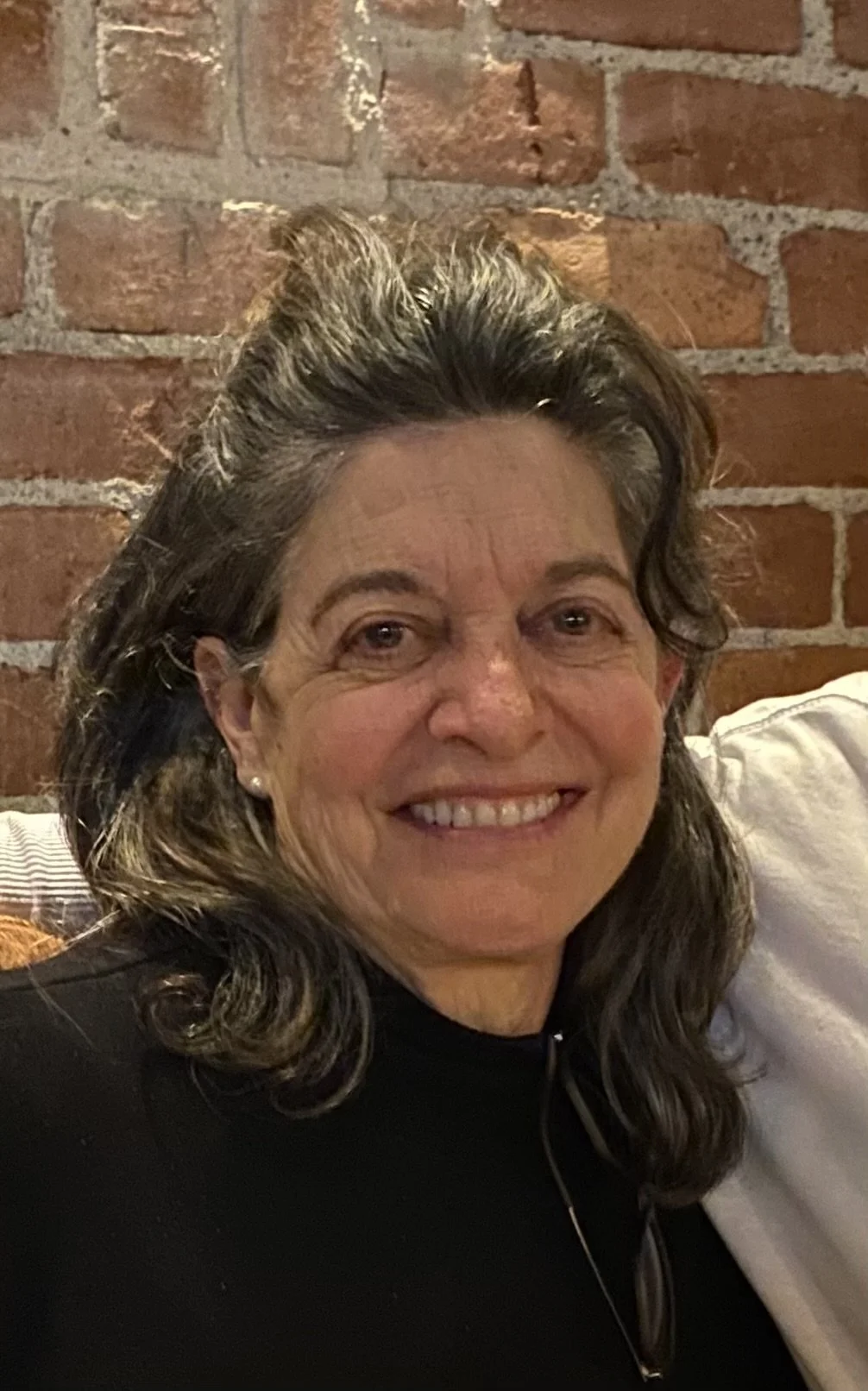Gleaning In the Olive Oil World
Compass olive gleaning
Gleaning emerged in Biblical times as a method to redistribute leftover crops. It is the practice of gathering small amounts of leftover produce or crops from a field or orchard that would otherwise be left to waste after harvest. It happens year-round as a practice following seasonal harvests, done little by little, by individuals or small groups. The intentions then were to ensure that nothing was wasted and that those in need also received fresh produce. So, you may be wondering, what role does gleaning play today, and what does it have to do with olives?
Now, more than ever, we’re taking a more thoughtful and proactive look at how to care for our local communities, the global community, and the planet so that all can continue to thrive. Most urgently, governments and individuals around the world are working to confront food waste, food insecurity, and the realities of a warming climate. Enter gleaning, built on a win-win model that supports a whole community, ranging from farms and orchards to food recipients, while reducing food waste.
Gleaning in Italy
In 2016, Italy established a Food Waste Prevention law called the Gadda Law, which includes incentives such as reduced taxes and easier guidelines for gleaning. Thanks to the Gadda Law, farmers and food producers can easily donate surplus crops that might have gone to waste to community-based organizations without worrying about the picking process. According to Zero Waste Europe, “In the case of on-farm gleaning, the liability regarding hygiene and safety rules is on those performing the gleaning, not the famers.” This detail makes the whole process more streamlined and grants freedom for each entity to focus on what they do best.
Gleaning in Sonoma
In Sonoma County, California, gleaning practices take on the same goals. First and foremost, gleaning what remains after each harvest creates streamlined access to healthy food for those who rely on community support while reducing food waste. The model proves to be effective across continents and languages. Those who need access to fresh produce receive it while food waste is kept out of our trash system.
Healdsburg
4H exhibit explaining the Farm to Pantry gleaning program
One major effort in the county is Farm to Pantry, whose stated mission is “to bring together communities to end food injustice and reverse global warming by rescuing and sharing locally-grown food with those who have been systematically marginalized. We envision a just food system in which everyone has access to healthy food that honors and nourishes our community and heals the planet through eliminating food waste.”
When you combine a powerhouse such as Farm to Pantry with one of the county’s most grown trees – the olive! – more magic happens.
Kelly Conrad of Farm to Pantry
Kelly Conrad, Farm to Pantry’s Community Outreach and Development Director, shares, “We have been doing an olive oil every year since our inception, essentially. And we have an olive oil release party. It is just kind of a fun thing because people who have olive trees, while they're so pretty, they find that they don't know what to do with the olives or it just becomes very messy because it's hanging over a sidewalk and people are crunching over them with their strollers, stroller wheels and stuff." She adds, "So, especially in Sonoma County, which is so agriculturally bountiful, and olive trees are often planted amongst the vineyards, there are more olives to be harvested than we can ever get to with just a staff of eight.”
Alexander Valley
Next up, Oleashare. Nan Autran began Oleashare in the best way possible – organically. With an academic background in soil sciences, her natural inclination is to get in the dirt and be with all things that grow from it. As she moved away from a decades-long career in biotech and toward a life in Northern Sonoma County, Nan began spending more time in olive orchards with her husband, Frederic, who took on olive orchard management and milling after his journalism career.
Oleashare “...was formed with the sole mission to bring the healthy benefits of olive oil to communities in Northern California that normally don’t have access to this healthy product. Oleashare locates unharvested olive groves and hosts gleaners to harvest the olives to share! Our “shared olives” are pressed at the Oleascape mill and oil is donated to a variety of Northern California food networks for distribution.” Shares Autran, “I found myself saying, well, what about all those trees? No one's taking those olives. It would literally go to waste.”
Connecting the Dots
Gleaning and finished olive oil
Autran teamed up with Farm to Pantry and found a solution for the county’s extra olives. She organizes gleaners for properties in her area, her husband mills the donated olives into oil through his mill, and the olive oil is then distributed by Farm to Pantry to community food organizations. With any donation to Farm to Pantry, donors receive a bottle of their gleaned olive oil – all proceeds benefit their nonprofit work. Plus, the label each year is designed by local schools’ art programs. It is an endless loop of community connection.
Not only is food insecurity addressed with gleaning, but communities in need also receive high-quality olive oil, a healing ingredient for family meals. For Autran, the heart of her work is “seeing the benefits of olive oil and how it can reach communities who never could afford that. And all of a sudden, they have access, which is awesome.”
Farm to Pantry now reaches 1 million servings annually. Kelly Conrad, Farm to Pantry’s Community Outreach and Development Director, shares the reality of how this seemingly simple model makes such a huge impact.
“I think just that incredulousness of the fact that one and four people in Sonoma County are facing food insecurity and that over half of the food that is produced in America is wasted, that, I mean, I just can't get over that. You know, it's like, why are we wasting food when people are hungry and gleaning is really the only kind of solution in my mind to really address that head on. and make an impact every day. And so that's why gleaning became really personal to me because not only does not, I mean, not wasting food does start in your kitchen, but outside of that, gleaning is the next step to really making a dent in food waste.”
Added Benefits of Gleaning
Additionally, gleaning the olive trees locally helps connect people and may be a step in addressing the epidemic of loneliness. The community connection that happens when people come together to glean is undeniable. Even if gleaning on one’s own, reconnecting with the earth is a healing step.
According to Autran, facilitating connection for people with the earth may be the best part of her project. “Once people get out in a field, be it vegetables, fruits, or olives, and in my case it's olives, you see that connection with the earth. You see people who are digging potatoes, you know, for the first time in their lives in there, they look at their hands and they just get so excited about that connection. All of a sudden they're feeling something they haven't felt.”
Plus, she says, “people want to pitch in and help supply communities with good, healthy produce that they can find. It's a very manual process for the most part, unless you go into the valley in California and so that whole process, it starts with people want to give back. People's hearts reach out and they see people hungry and they want to do something.”
Kelly Conrad agrees. “I think that when you have a task in front of you, the conversation that ensues is bonding in a way that you don't get otherwise. And so, I find that there's a real sense of purpose and then bonding and then knowing that you're giving back at the same time is just a beautiful thing. Plus, you're outdoors and the elements and really getting to see, you know, what Mother Nature is offering us and making sure that it doesn't go to waste. So it's just an all-around feel-good experience. It's a complete win-win.”





